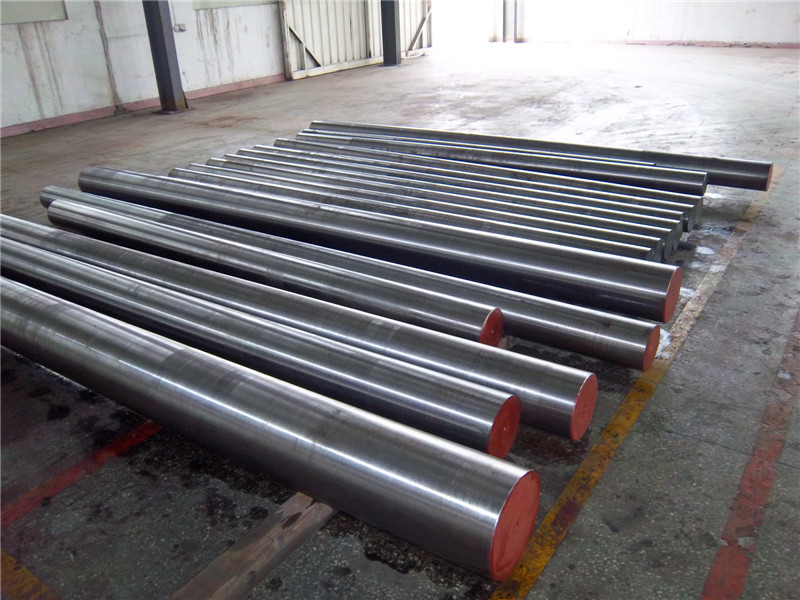

- Product details
Hot work die steel including forging dies, hot extrusion die and die casting mold categories. As previously described. The main features of hot die working conditions is in contact with the hot metal, which is the main difference between the cold mold working conditions. So bring the following two aspects:
(L) the cavity surface of the metal heat. Usually when forging die work. Its cavity surface temperature up to 300 ~ 400 ℃ hot extrusion die up to 500 a 800 ℃; die-casting mold cavity temperature and pressure casting material type and pouring temperature. As ferrous metal die-casting mold cavity temperature up to 1000 ℃ or more. Such a high temperature will significantly reduce the mold cavity surface hardness and strength, prone to play in the use of crib. To this end. The basic performance requirements for thermal die steel is high resistance thermoplastic change, including temperature hardness and high temperature strength, high resistance thermoplastic change, in fact reflects the high stability of steel tempering. Thus we can find a way to heat the first mold steel alloy, that is added to Cr, W, Si. Other alloying elements can improve the tempering stability of steel.
(2) mold cavity surface of the metal thermal fatigue (cracking). The work is characterized by hot mold having intermittent. Every so hot metal after forming have water, cooling the cavity surface oil, air and other media. Therefore. Hot mold working condition is repeated heating and cooling, so that the surface of the metal mold cavity to produce repeated thermal expansion and contraction, which repeatedly subjected to tensile and compressive stress. As a result, the surface of the cavity caused by cracks, called thermal fatigue phenomenon, whereby the thermal die steel presents second basic performance requirements. That has a high thermal fatigue resistance. Generally, factors affecting the thermal fatigue resistance of steel main are: ① steel thermal conductivity. High thermal conductivity of steel, metal mold can reduce the degree of surface heating, thereby reducing the tendency of thermal fatigue of steel. Is generally believed that the thermal conductivity of the carbon content of the steel is related to the high thermal conductivity at low carbon content, it should not be used hot work die steel high-carbon steel. Commonly used in the production of carbon steel (C0.3% 5 ~ 0.6%) combined carbon content is too low. It will lead to the hardness and strength of steel decreases. Also disadvantageous. The critical point ② Steel. The critical point is usually steel (Acl) higher. The lower steel thermal fatigue bias. Therefore. Usually by the addition of alloying elements Cr, W, Si, drew increase the critical point of steel. Thereby improving the thermal fatigue resistance of steel.
- 【Print】
- 【Collection】
- 【Return】
- Copyright © 2010 All rights reserved. Dongguan Hepburn Steel Co., Ltd.Address: 9D Distric, No.2, JinXiu Road , JinSha Distric, Chang'an Town, DongGuan City , Guangdong , ChinaTel:0769-81876877 Fax:0769-89338117 E-mail:zwq@hepburnsteel.com Website:http://www.hepburnsteel.com
